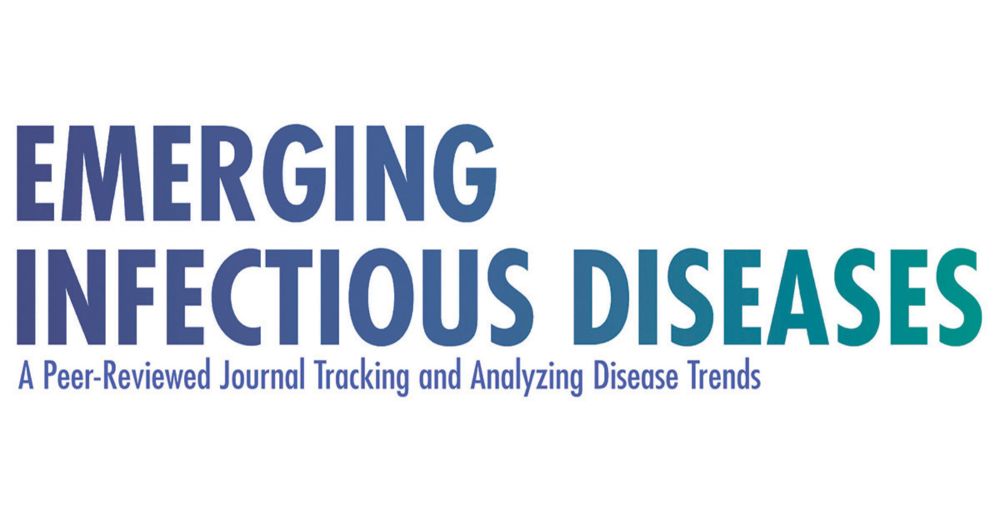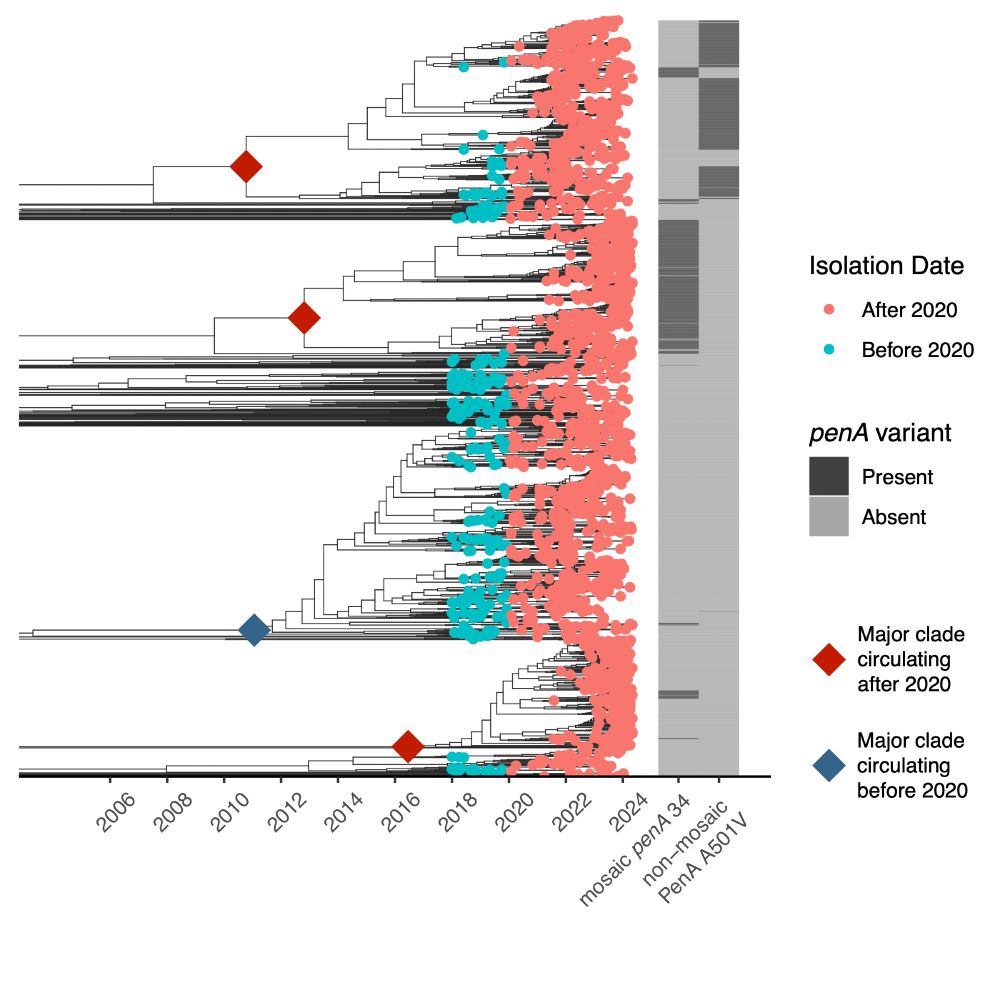David Helekal
@dhelekal.bsky.social
76 followers
180 following
43 posts
Trees, Pathogens, Bayes.
Current: Postdoc @ Harvard Chan SPH
Prev: PhD @ Warwick
Posts
Media
Videos
Starter Packs
David Helekal
@dhelekal.bsky.social
· Jul 14
Reposted by David Helekal
Yonatan Grad
@yhgrad.bsky.social
· Jul 10
David Helekal
@dhelekal.bsky.social
· Jun 29

Performance of deep-learning-based approaches to improve polygenic scores - Nature Communications
Polygenic scores aim to capture genetic risk but may miss nonlinear genetic and environmental interactions. Here, the authors show that neural networks detect limited nonlinearity and do not outperfor...
www.nature.com
Reposted by David Helekal
Reposted by David Helekal
Yonatan Grad
@yhgrad.bsky.social
· Jun 24
Reposted by David Helekal
Volodymyr Minin 🇺🇦🇺🇸
@vmminin.bsky.social
· Mar 31
David Helekal
@dhelekal.bsky.social
· Mar 28
David Helekal
@dhelekal.bsky.social
· Mar 28
David Helekal
@dhelekal.bsky.social
· Mar 28

Doxycycline to prevent bacterial sexually transmitted infections in the USA: final results from the DoxyPEP multicentre, open-label, randomised controlled trial and open-label extension
Doxy-PEP was effective in reducing bacterial STIs in this population of men who have
sex with men and transgender women, including during an open-label extension when
doxy-PEP efficacy was known. Doxy...
www.thelancet.com
David Helekal
@dhelekal.bsky.social
· Mar 28

Effects of doxycycline post-exposure prophylaxis for prevention of sexually transmitted infections on gonorrhoea prevalence and antimicrobial resistance among men who have sex with men in the USA: a m...
Doxycycline post-exposure prophylaxis (PEP) has been shown to be efficacious for the prevention of bacterial sexually transmitted infections, but resistance implications for Neisseria gonorrhoeae rema...
pmc.ncbi.nlm.nih.gov
David Helekal
@dhelekal.bsky.social
· Mar 28
David Helekal
@dhelekal.bsky.social
· Mar 28
David Helekal
@dhelekal.bsky.social
· Mar 28
David Helekal
@dhelekal.bsky.social
· Mar 28

Potential Impact of Doxycycline Post-Exposure Prophylaxis on Tetracycline Resistance in Neisseria gonorrhoeae and Colonization with Tetracycline-Resistant Staphylococcus aureus and Group A Streptococc...
High-level tetracycline resistant Neisseria gonorrhoeae is now widespread among men who have sex with men in King County, WA. Doxy PEP use was associated w
academic.oup.com
David Helekal
@dhelekal.bsky.social
· Mar 28







